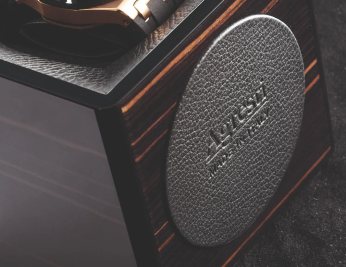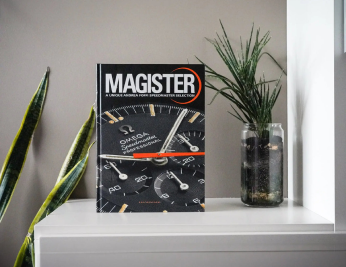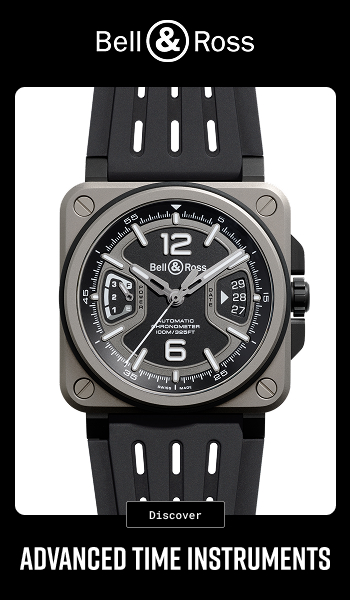“Rarity” is a term which gets used very liberally these days when it comes to describing and advertising watches. Don’t believe us? Log onto any auction website and nearly every single lot description will use the word “rare” (including “highly” or “ultra”). Here at IWS, we’re guilty of using it a lot, too.
But what actually makes a watch “rare”? It may sound like a silly question, but what are the various factors behind astronomical auction prices?
Here are the 3 principal aspects which we think make a watch “rare”.
Availability & Production Figures
Availability may seem like a no-brainer, but there are different facets to this factor that many may overlook.
We define “availability” as a measure of how likely it is for you to find a specific timepiece on various platforms. These include: boutiques, authorised dealers, grey-market dealers, online, etc.

The less available it is, the more rare it becomes.
For one, truly rare watches aren’t available on online marketplaces like Chrono24 and others (forget it). Not only that, but they are also nearly impossible to come across in physical stores. For the most part, these truly rare pieces end up in auction houses, which sell it to the highest bidder.
Let’s get something clear: the 5711 is not rare. Why? Precisely for the reason above: Chrono24 alone features over 8 pages filled with 5711s – so it’s far from rare. The fact that it’s unavailable in boutiques, by itself, doesn’t mean that it’s hard to come by. Because, after all, if you want a 5711, you won’t have a hard time finding one. Finding one for a fair price, however, is a different story entirely.
Conditions
Ah, yes, the “three Cs”: condition, condition and – you guessed it – condition! From a collectors point of view, this factor is of huge importance when it comes to looking for timepieces, especially vintage ones.
For modern pieces and “new” second hand watches, “full set” – or – having all the original box and papers is the most important aspect (however those in themselves can bring their own risks). Instead, for vintage watches, documents aren’t as important because they are easily, so you can’t really trust them.
Therefore, conditions is the most important aspect of vintage watches. But how does this translate to rarity? Over the course of time, these timpieces have been worn, bumped around, dropped, used-and-abused, polished… the list goes on. So, to find one which hasn’t experienced these “damages” are very special and hard to come by!
For example, it’s nearly impossible to find a Rolex ref. 6236 with an untouched bracelet… those which have been encountered have fetched record-setting auction prices.

Configuration
Last, but certainly not least: configuration. In fact, this is actually the most complex aspect, applicable to both vintage and modern pieces alike.
By “configuration”, we mean models which are appear in the catalogue just like any other reference, but have unique modifications. For example, at first glance, it appears like any other watch from that collection, but it might have, say: a special edition dial, a double signature, different writings, or even a different case metal!
These “asterisks”, if you will, are the little things which separate the rare from the rest.

Take this 1999 Zenith-powered Rolex Daytona. According to manufacturing data, the pieces in this collection were “mass”-produced in steel, yellow gold, white gold and steel-gold cases only.
Except they weren’t.
The timepiece below is believed to be a piece-unique with a platinum case and a stunning lapislazzuli dial.

This jaw-dropping Daytona was auctioned by Sotheby’s in 2020 for the extraordinary hammer price of €2,710,00 – the most expensive modern Daytona ever sold….. so far!
Those were our top 3 aspects that we believe make a watch “rare”. Do you agree? Did we miss any factors? Let us know in the comments below!
-Translated by Patrick R.














